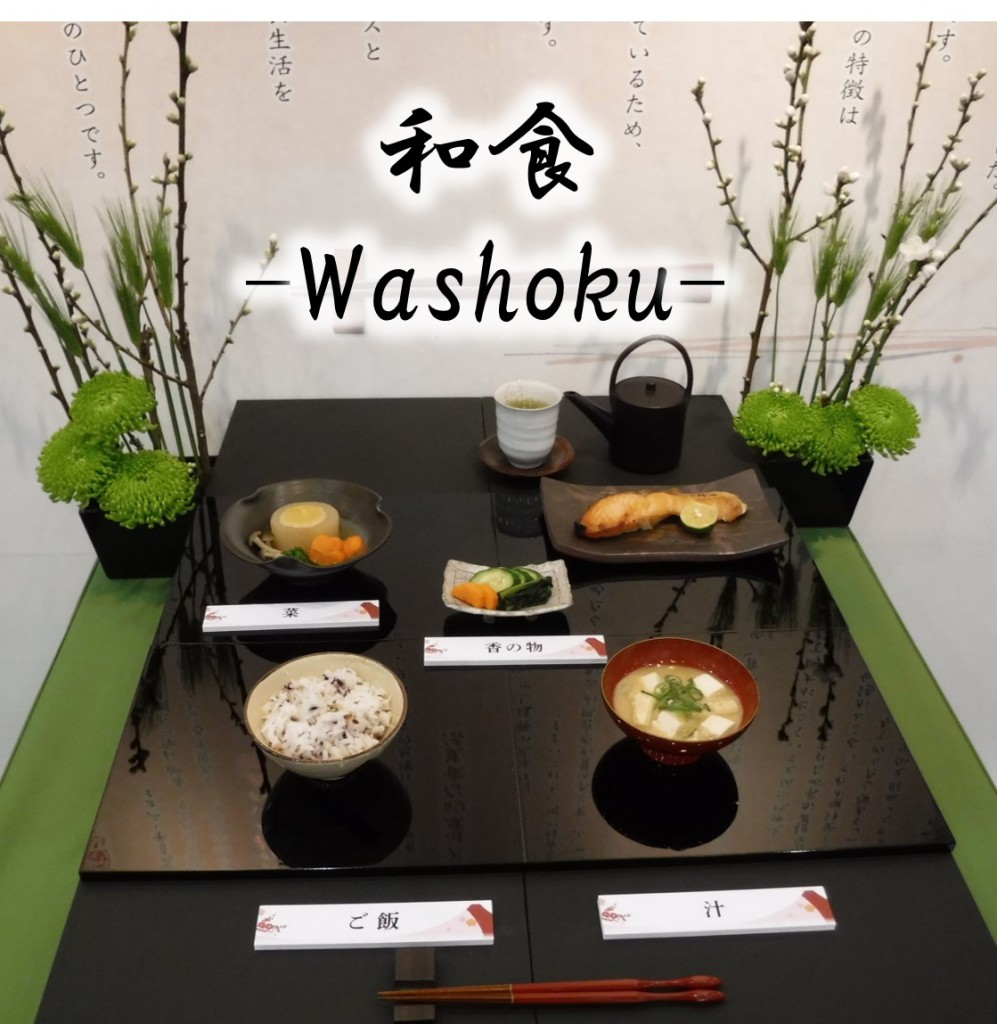
Today November 24 is set as “Washoku Day” in Japan. Washoku is the traditional dietary cultures of Japanese, which was added to UNESCO’s roster of intangible cultural heritages. There are two reasons why Washoku Day is set on today. The first one is November is the season for harvest of various agricultural products, as autumn is known for a harvest season internationally. And the second one is the word kidding based on the pronounce of each number. 1124 is read as “II Nihon Shoku”, II(11) Ni(2)hon Shy(4)oku.
Washoku is a social practice based on a set of skills, knowledge, practice and traditions related to the production, processing, preparation and consumption of food. The culinary customs of Washoku is founded on the respect for nature, which is closely related to the sustainable use of natural resources. In terms of the respect for nature and sustainable agricultural production, Chagusaba practice, the sustainable management of tea plantation by inputting grasses around tea gardens onto the soil of tea plantation, is also one of the Washoku actions.
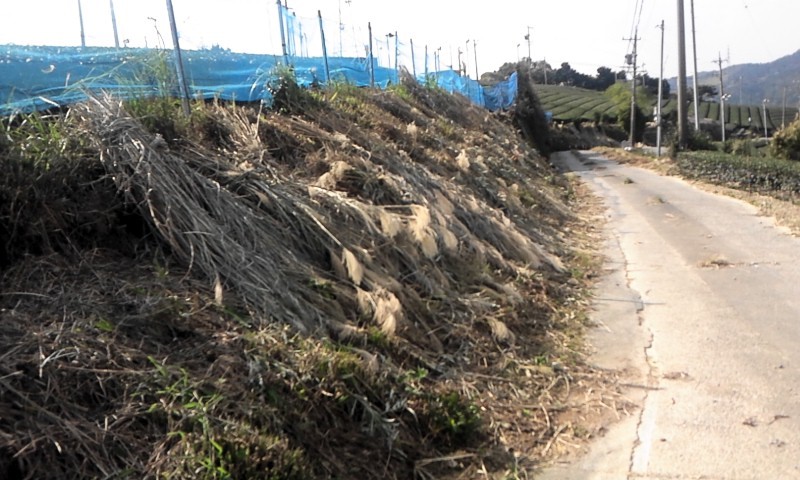
Chgagusaba practice, the traditional tea-grass integrated system in Shizuoka, is the soil management by inputting silver grasses cut on the area around tea plantation. This social practice in tea estates has been certified as GIAHS by FAO.
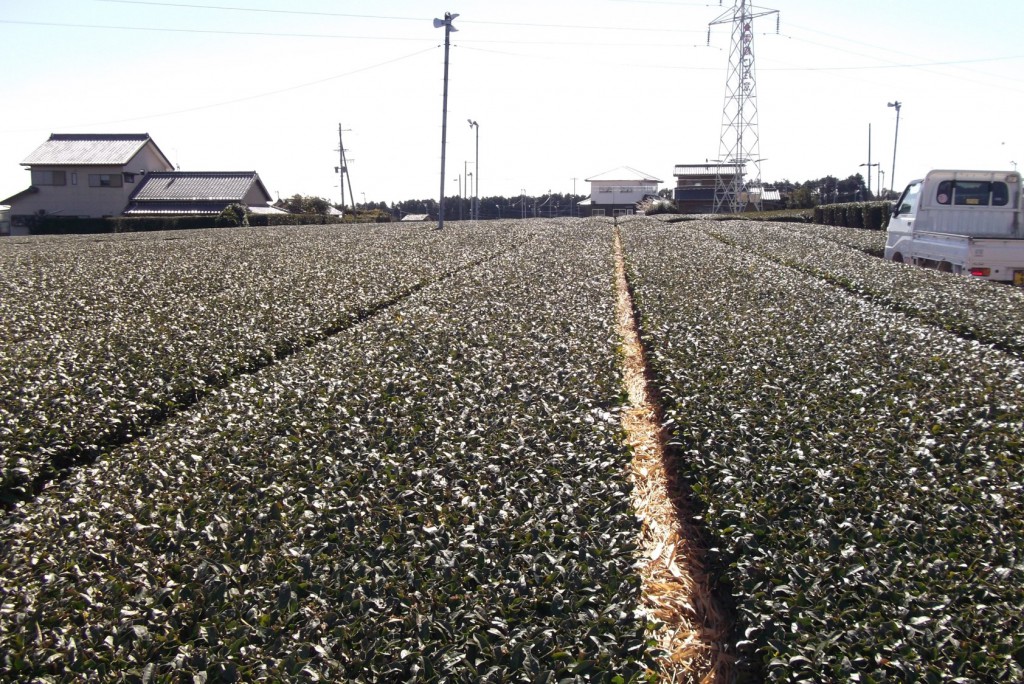
Dried silver grasses input on the soil between tea plants lows.
Optimal use of ingredients’ inherent flavor is one of the aspects of Washoku. Ingredients for Washoku have each best season for eating or processing. Not only freshness but also perfect maturation have their characteristic best season. Interestingly their best season are often based on the scientific aspects.
Tea has also the best season for harvest and maturation. As for the harvest, Hachiju Hachiya is known as the best day for plucking tea shoots in the first flush season. Sencha tea can express various flavor and aroma depending on the maturation. In the first flush season, Sencha newly produced using first flush shoots has fresh grassy aroma. Japanese people enjoy the fresh aroma as a seasonal elegance. On the other hand, Sencha can express mellower flavor after maturation in cool dry condition for a half year, which is somehow similar to the aging of wine. In autumn, the ceremony “Kuchikiri” has been practiced annually in Sunpu Castle. This custom has been continued since Edo period. The youtube movie made by Unno Hamasaen introduces the detail of the custom.
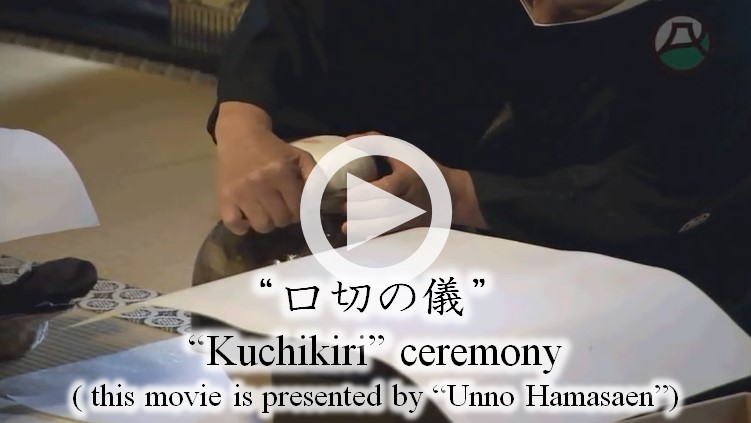
The movie made by Unno Hamasaen introduces a series of ceremony for Sencha maturation, including storing Sencha in “Chatsubo” tea jar, sealing the “Chatsubo”, storing them in a warehouse at 1067m altitude on Akaishi Mountains, taking them from the warehouse to Toshogu temple and cutting the seal in “Kuchikiri” ceremony.
Shizuoka prefecture annually holds the food festival for Washoku using agricultural products locally made in Shizuoka, as posted before.
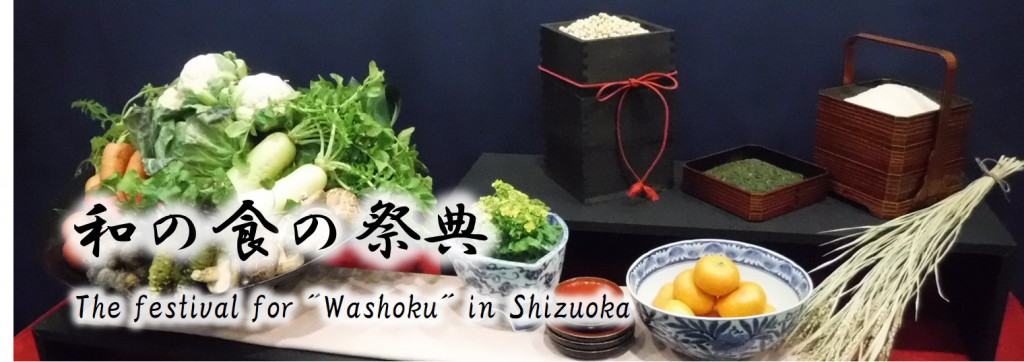
On Feburary in 2019, Shizuoka prefecture will hold “Foods and Flowers Festival in Fujinokuni” in Plaza Verde. I hope you would enjoy the colors and flavors of flowers and foods produced in Shizuoka in the festival.
< Event Information >
- Date : 10:00 – 16:00 on 23rd and 24th February
- Venue : Plaza Verde
- Access : 3 minutes’ walk to the east direction (direction to Tokyo along JR Line) from the north entrance of JR Numazu Station.
- Official Webpage : http://www.pref.shizuoka.jp/sangyou/sa-360/saiten-pr.html (written only in Japanese)
- Scenes of the past festivals are shown as followed.
[ Scenes in 2017 ]
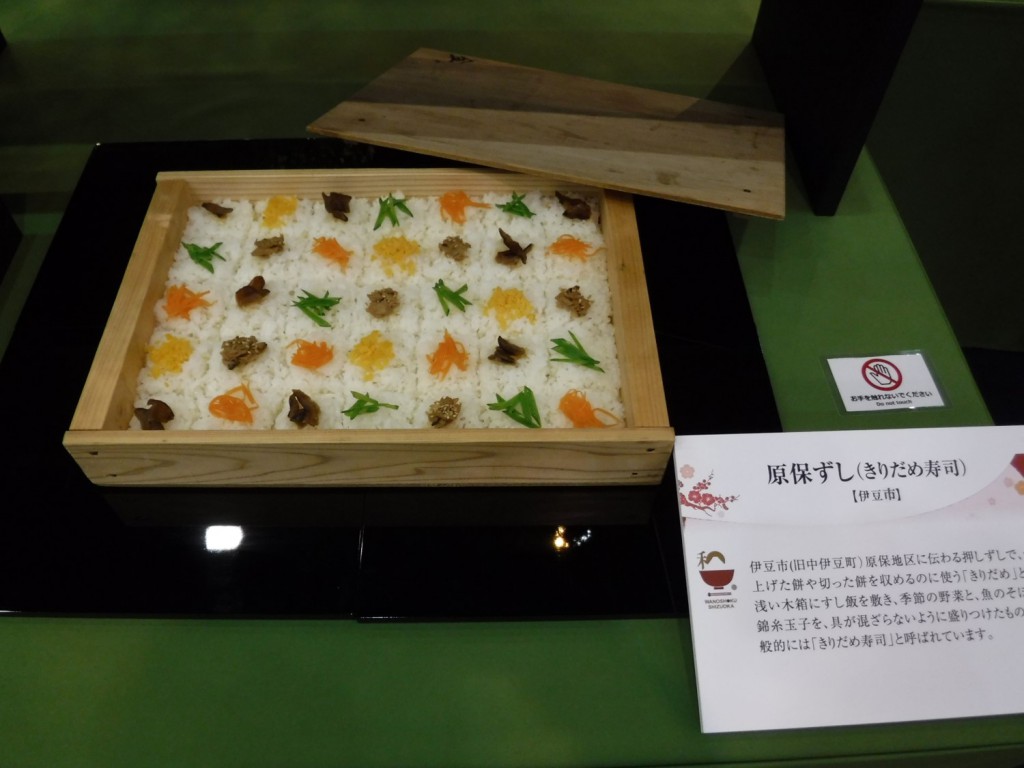
Exhibitions of local Sushi. This one is “Kiridame Zushi” traditionally eaten in Izu city.
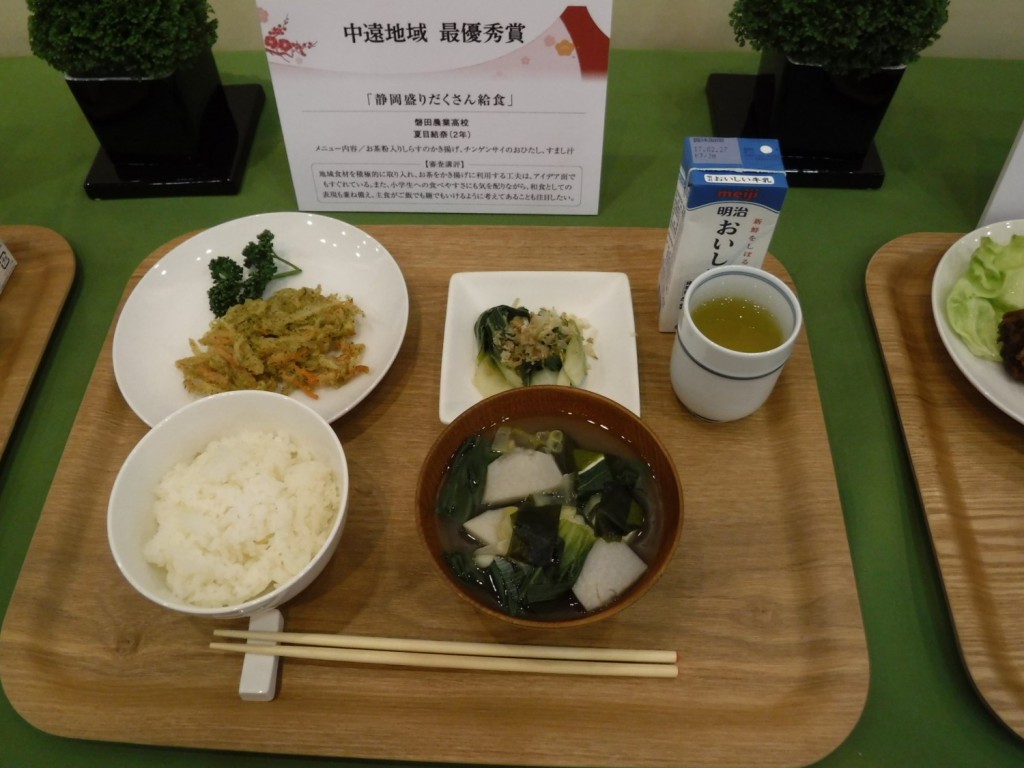
Exhibition of schools’ lunch of “Washoku” style.
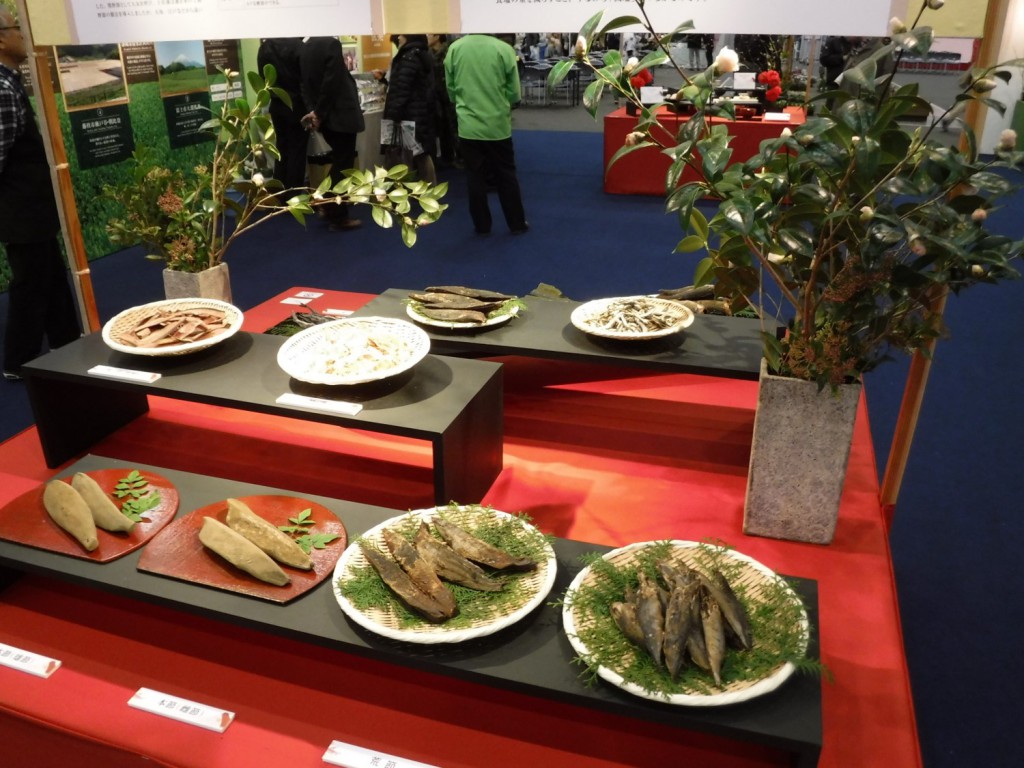
Exhibitions of ingredients for “Dashi” soup stock. Dried fishes, kelps and mushrooms are used for Dashi.
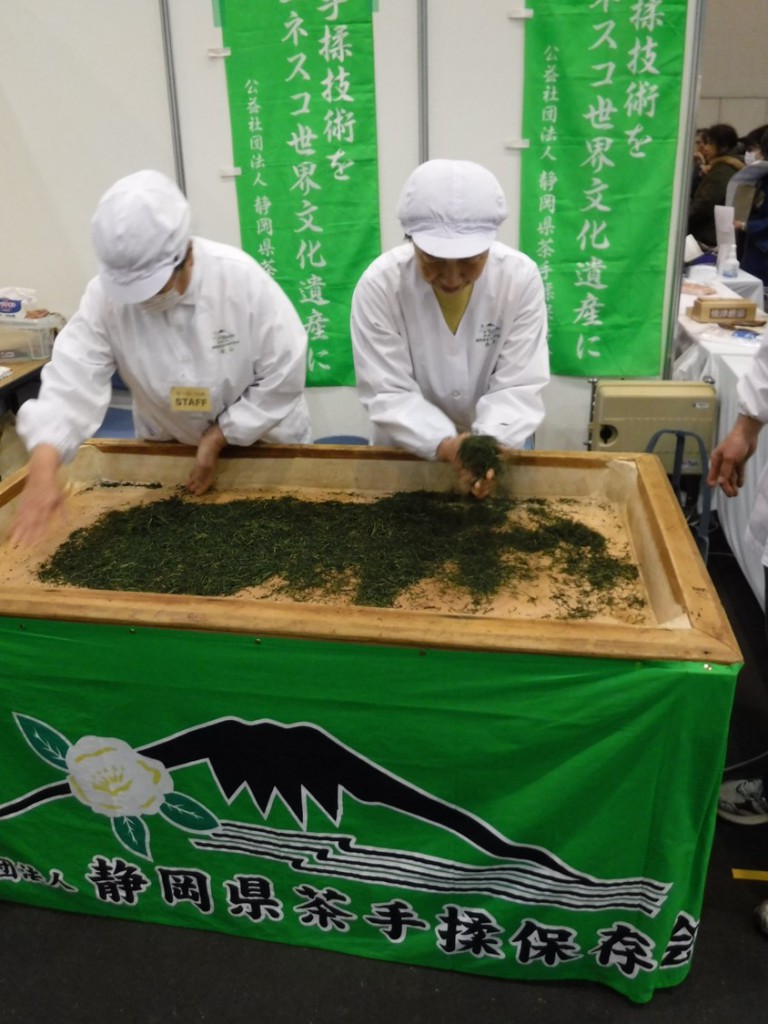
“Temomi” tea hand processing was also demonstrated by the association of Temomi reservation in Shiuoka prefecture.
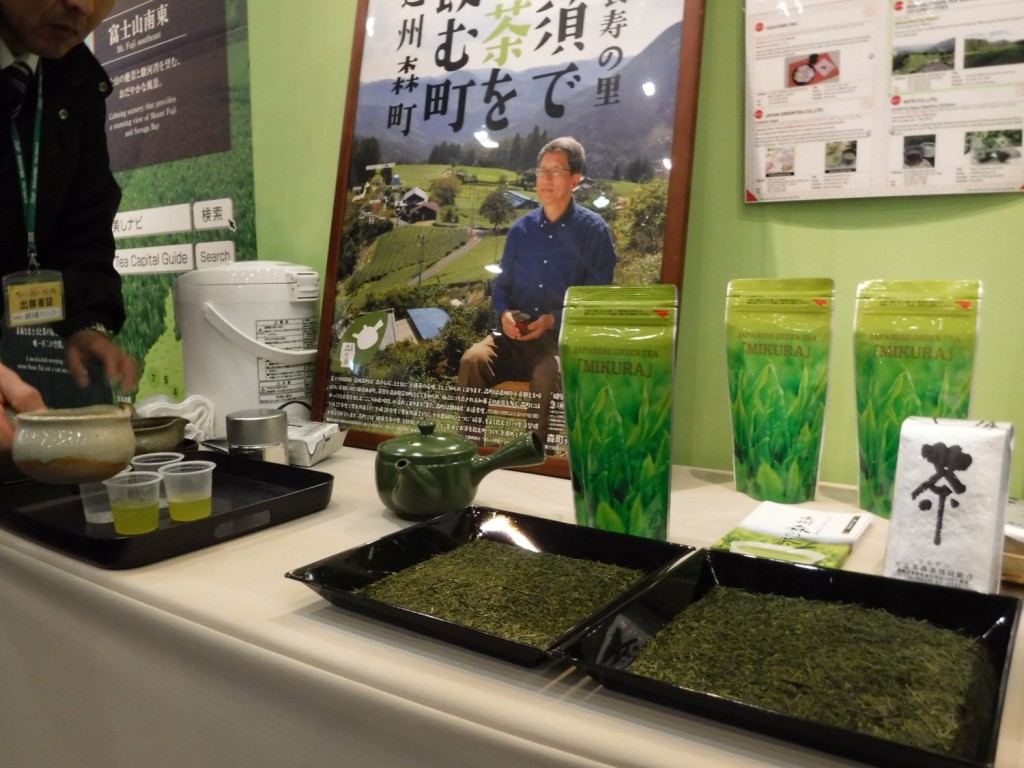
[ Scenes in 2016 ]
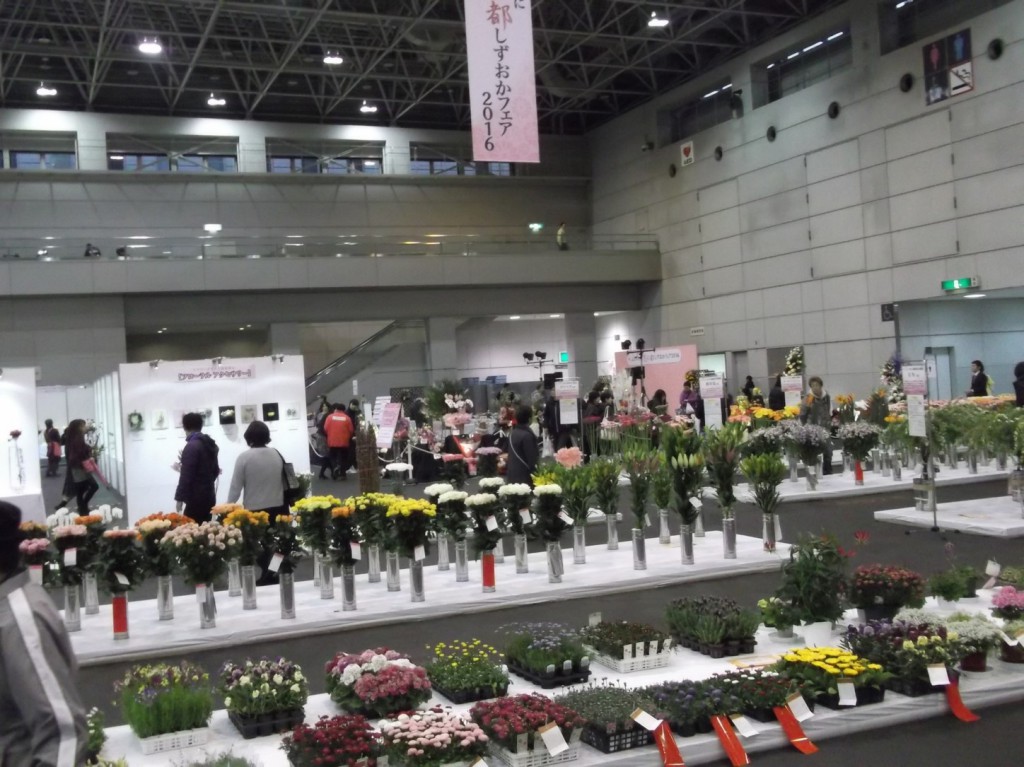
Exhibition of a vide variety of flowers produced in Shizuoka prefecture.
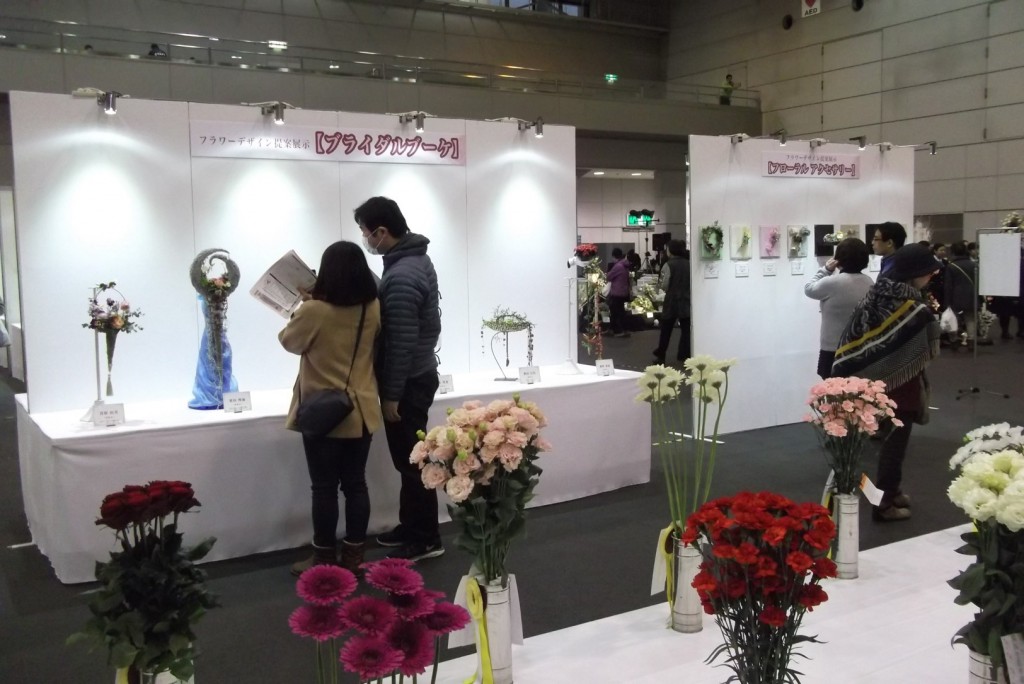
Many couples enjoyed seeing flowers and flower arrangements.
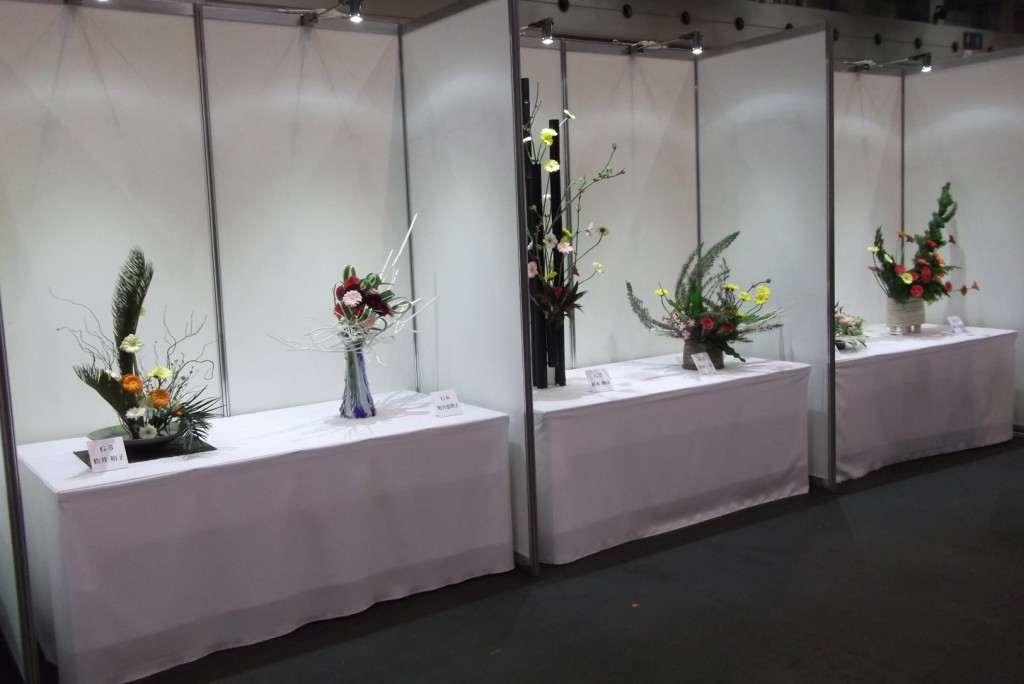
The event program contains the contest of flower arrangement.
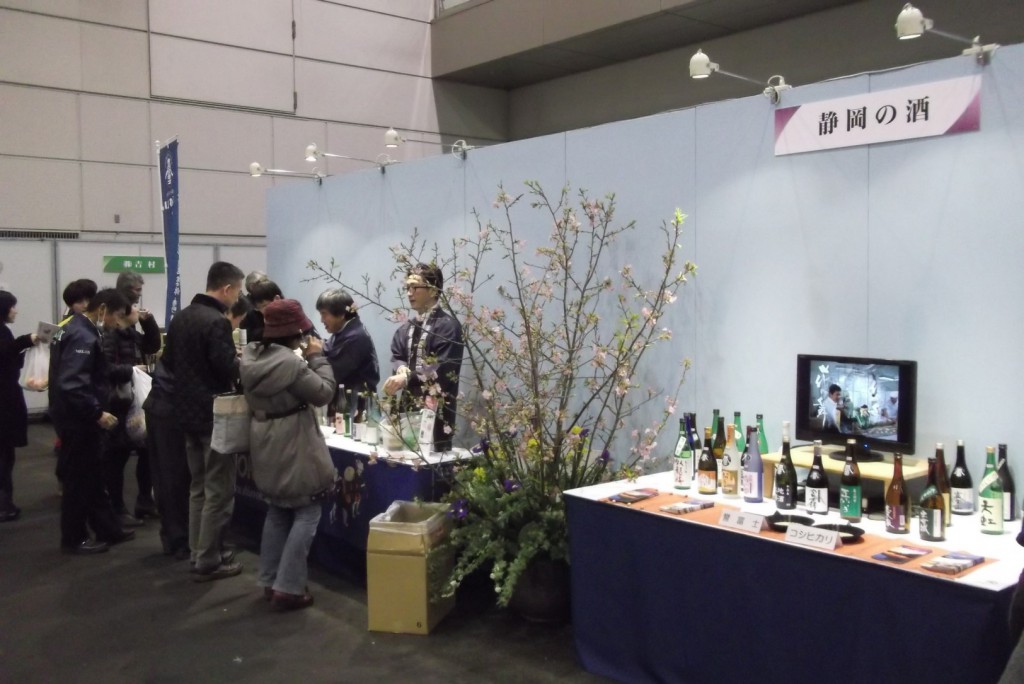
Exhibition and tasiting of various Sake. Shizuoka prefecture has large number of Sake brewers.
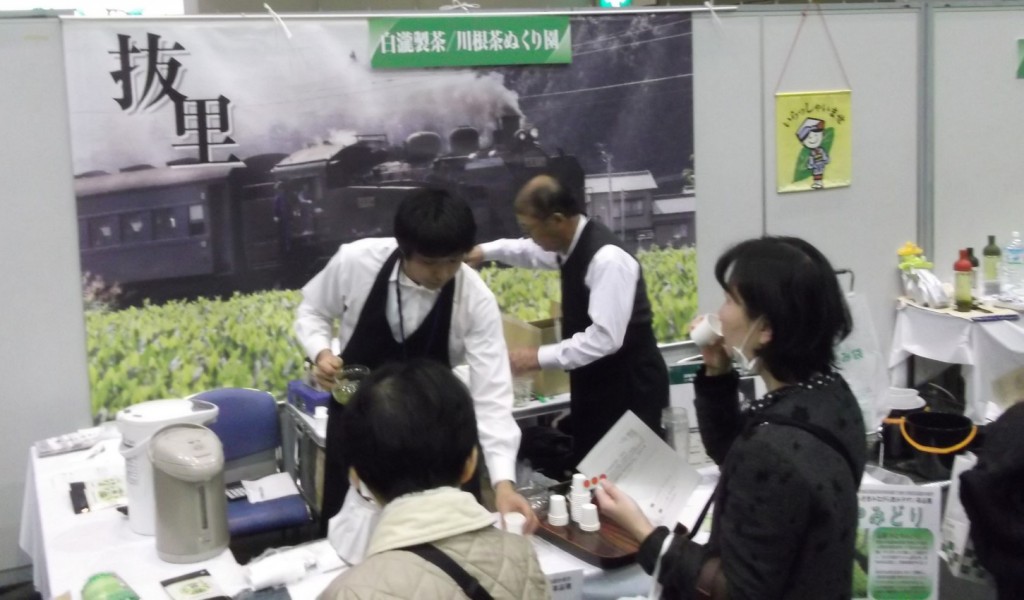
Tasting cups of tea served by tea farmers.
